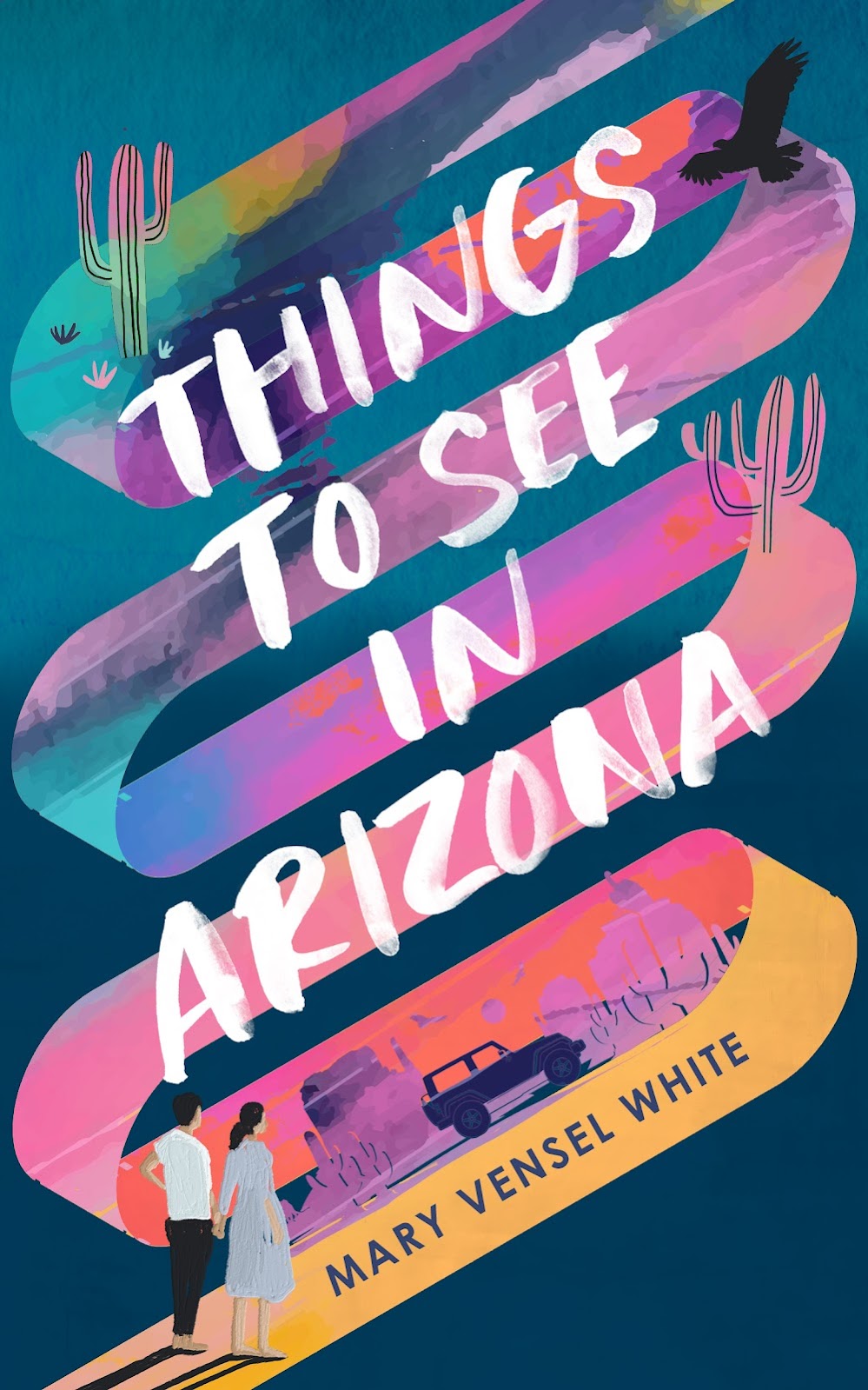I read a lot of books and I watch a lot of movies. And because I create stories, I spend a lot of time thinking about the ways books and movies tell stories. The ways they are different, the ways they can be the same. I’ve always felt one of the strengths of novels is that they can expand and present a character’s perspective in ways impossible to do in a film. A broader canvas, I guess, with more possible dimensions.
It’s no surprise that some of the movies that have struck a chord with me recently did amazing things with perspective. In Black Swan, my favorite from 2010, the camera follows a ballet dancer, Nina, and what we see is what she sees. We’re not sure if she’s entirely sane or if her perspective is colored by past incidents or current obsessions, yet isn’t that the case with any single person’s perspective? The movie has some of the most immediate, encompassing dance scenes I’ve ever seen, and this has to do with the camera work too, making the viewer feel as though she’s on the stage. My favorite film from last year, The Tree of Life, gets its power from the vivid universality it portrays, from the scenes that plod along like heartbeats and make you feel you can almost hear the characters’ breaths beside your own. Another notable film dealing with perspective: Take Shelter is slow-paced and suspenseful like Black Swan, and its main character’s mental stability is also in question, so that dream sequences and “real” scenes start to meld together for the viewer as they do for the man who thinks the world is about to fall victim to a storm of biblical proportions.
Obviously, there are many. A new favorite: Martha Marcy May Marlene, which I watched the other night and can’t stop thinking about. The film follows the story of Martha, who has just left a cult. Parallel stories are told in a back-and-forth fashion: first, her first days in the cult and what happened there over two years’ time; second, her reunion with her sister and the attempt to transition back to “normal” life. At first, the cult doesn’t seem that bad, just hippie types farming the land and lying around together. There’s a tension with the sister from the start, allusions to past troubles and family secrets. And as the movie progresses, flashing from one reality to the next, the story of each begins to emerge and the broader story of Martha and how she came from one world to the other and back again crystallizes. The pacing is deliberate and I thought, masterful. The tension slowly ratchets up and at times, you’re not sure which of the two settings is more uncomfortable or comforting, which one will be the one she eventually chooses. Because we’re getting the story from Martha’s perspective and she is confused and pulled in both directions.
A good representative clip from the movie. Now streaming worldwide!













Thanks Mary, for your sharing on perspective, and the tips. I've seen The Tree of Life, and agree, I was taken right into the characters, which made the film very compelling to watch.
ReplyDelete